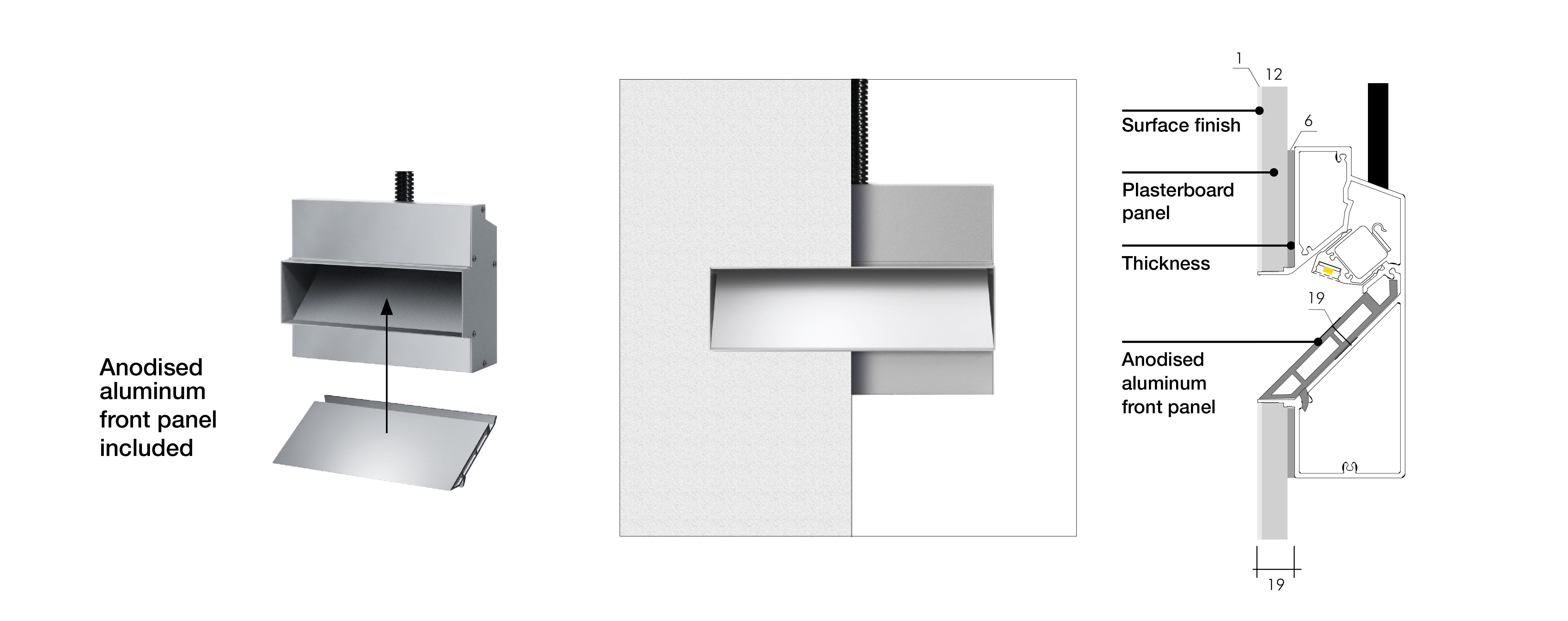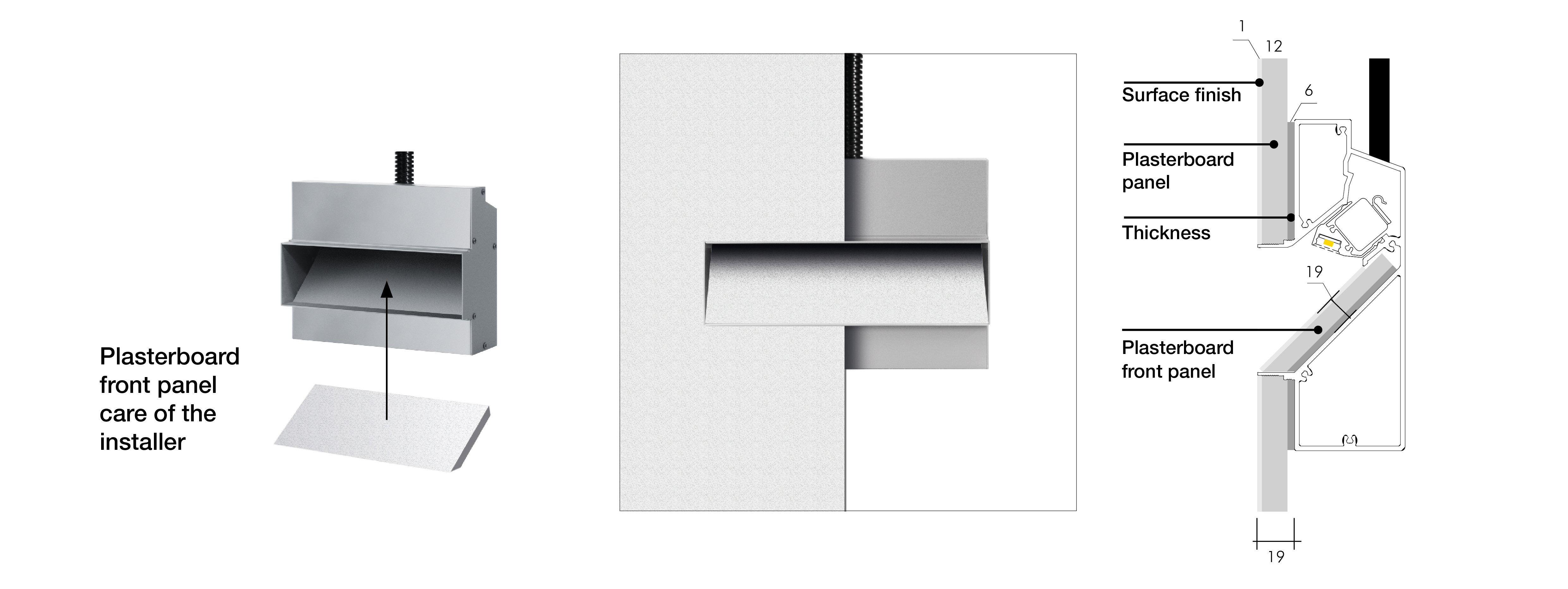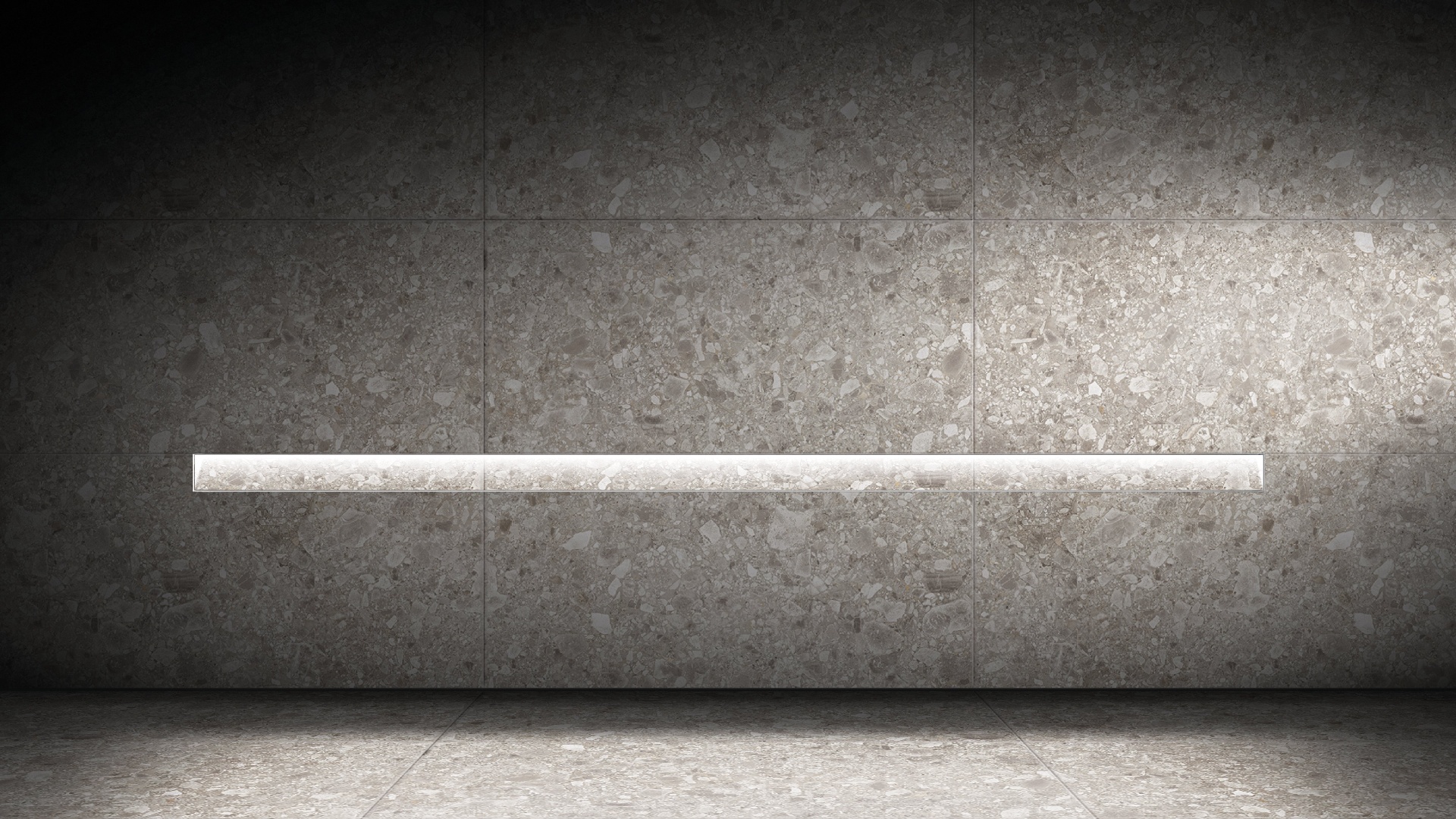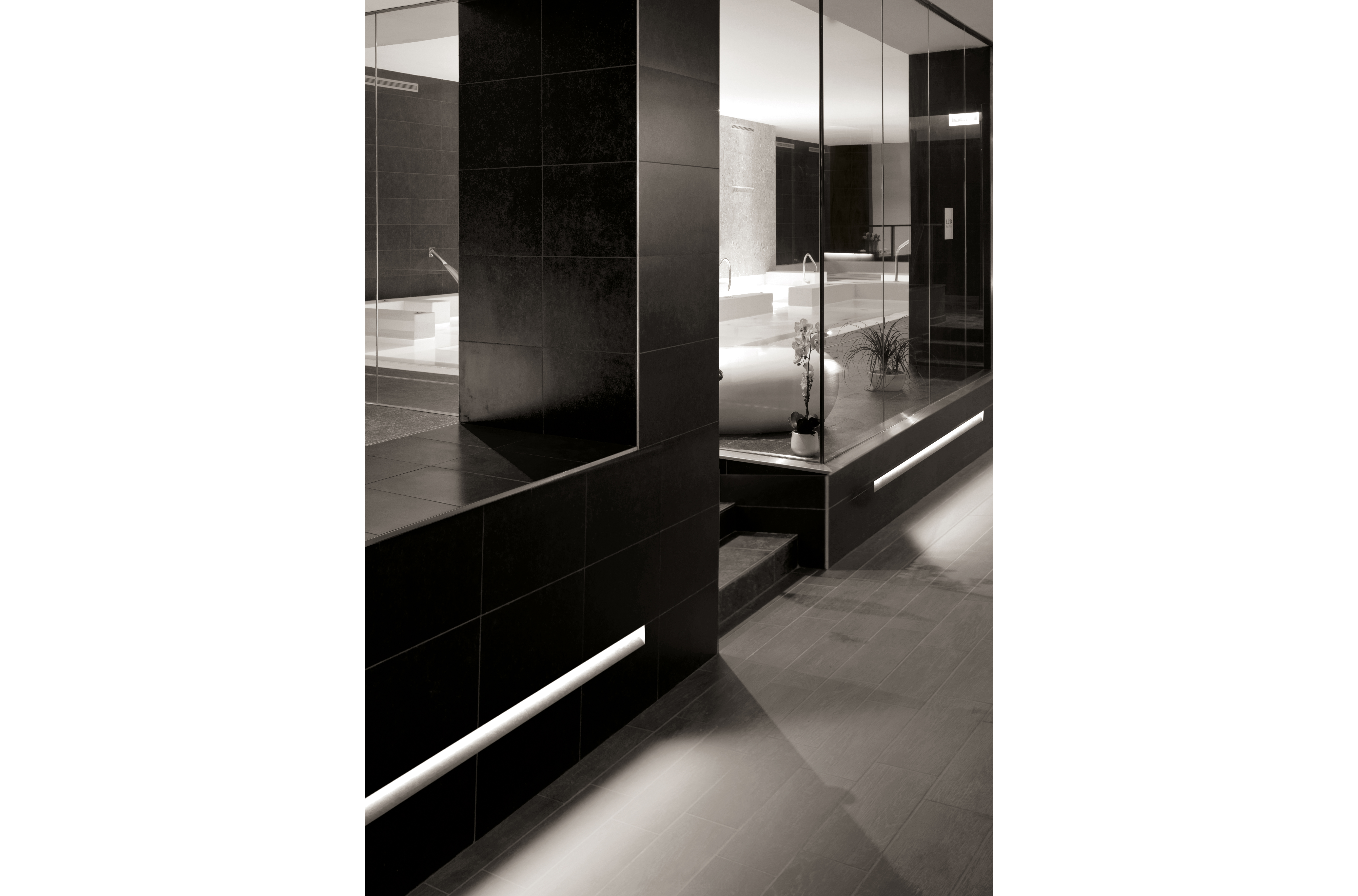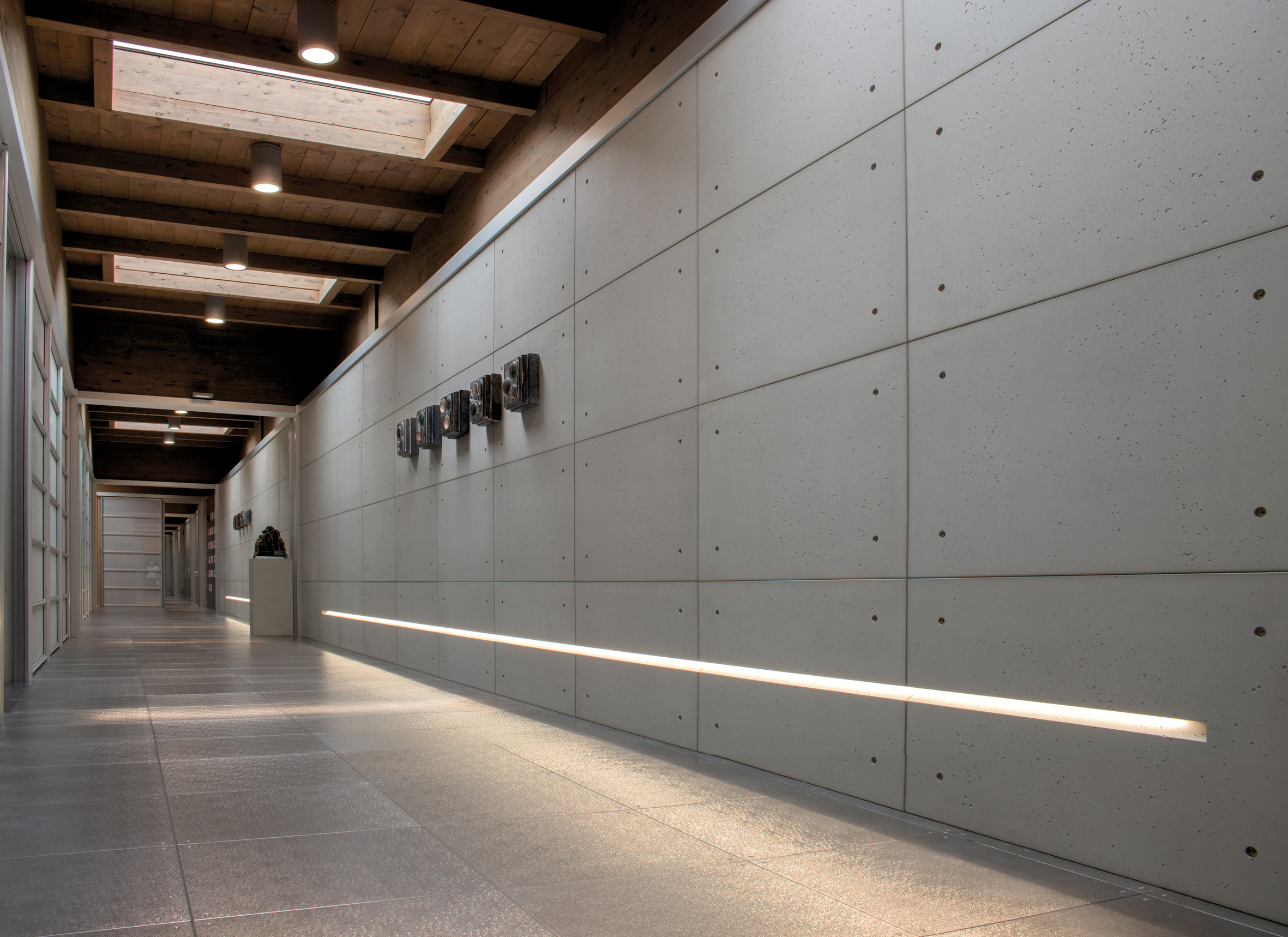The Ghost range originates from a simple but revolutionary idea that thanks to careful engineering became an industrial luminaire: to create out-and-out luminous cavities inside concrete and conceal the fixture so to make the light a unique feature in the architecture. This concept, initially conceived for cast concrete walls, is now available in new innovative variants that turn it into a luminaire suitable for different construction materials: insulation panels, breeze blocks, concrete walls or other construction materials that require a surface finish like plasterboard, mosaic or ceramic tiles, stone or wood.
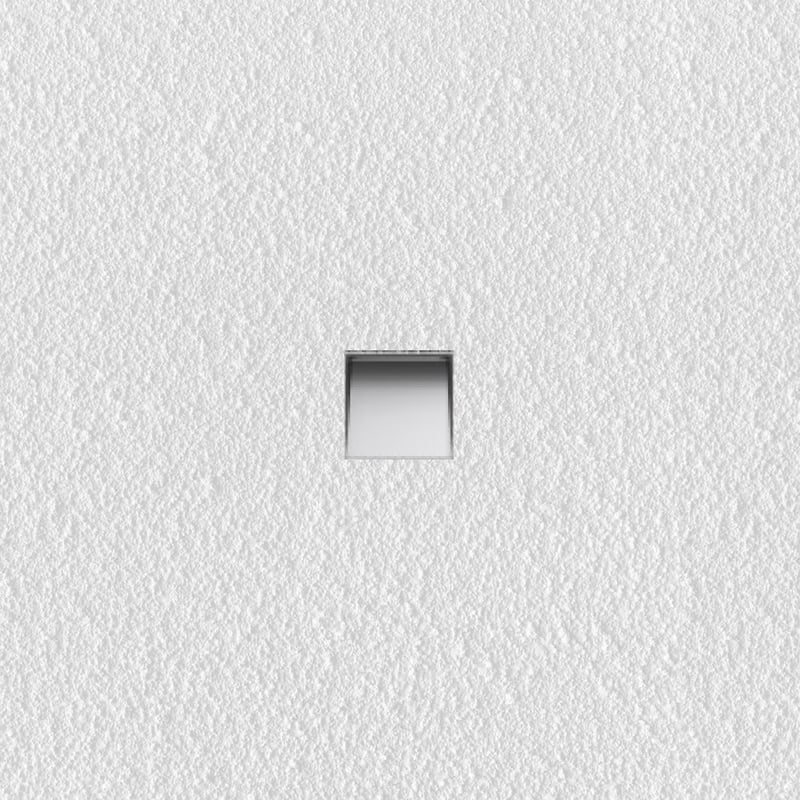
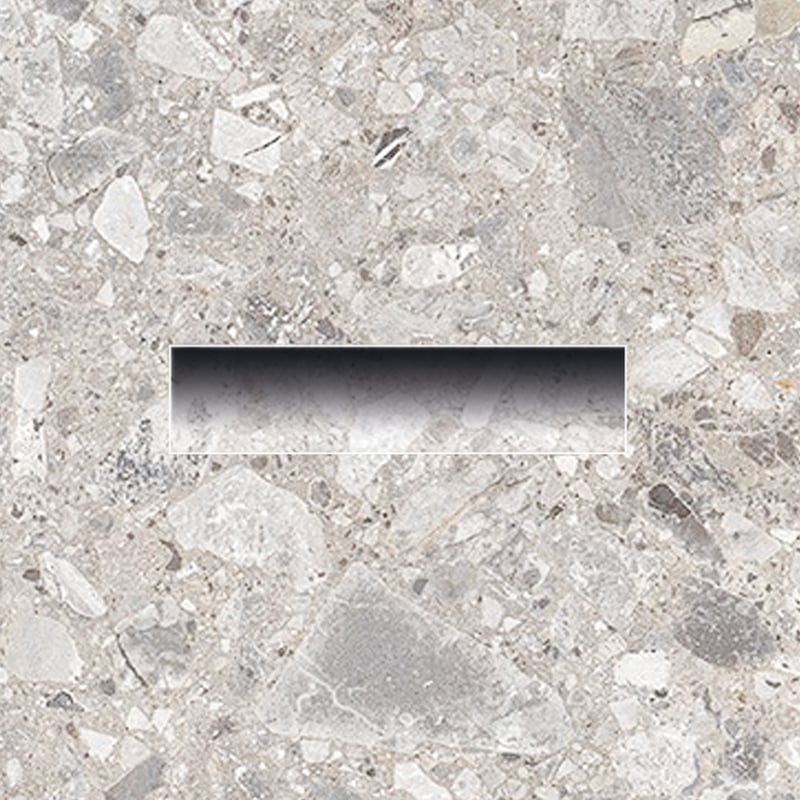
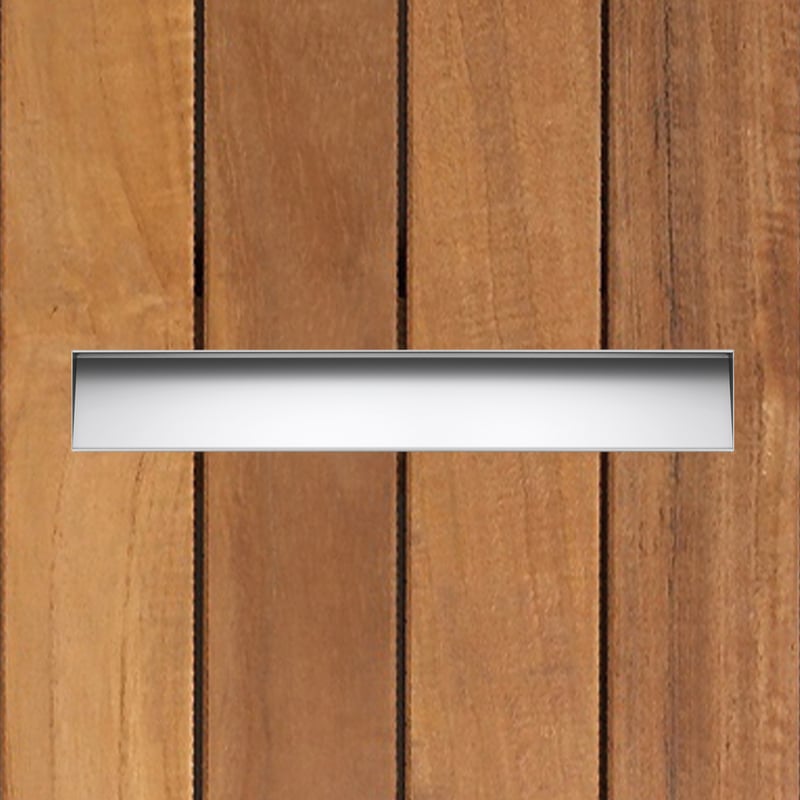
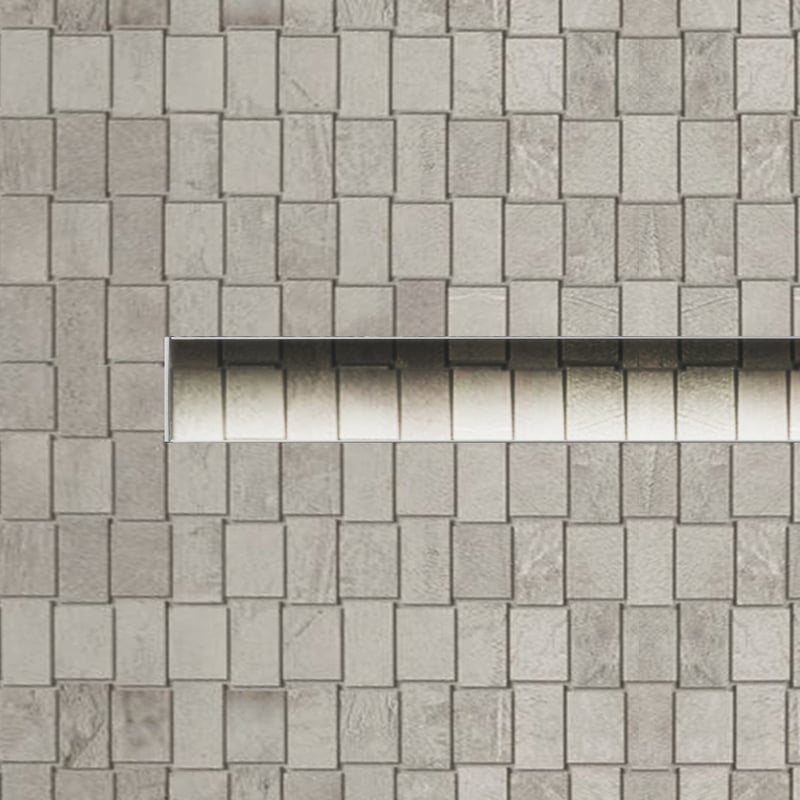
Ghost for cladding can be installed with two different variants:
1. with the same material finish as the wall for a total integration with the architecture (care of the installer);
2. with the aperture e in anodised aluminium The fixture is supplied with an anodised aluminium front panel to be used especially for those material with difficult installation.
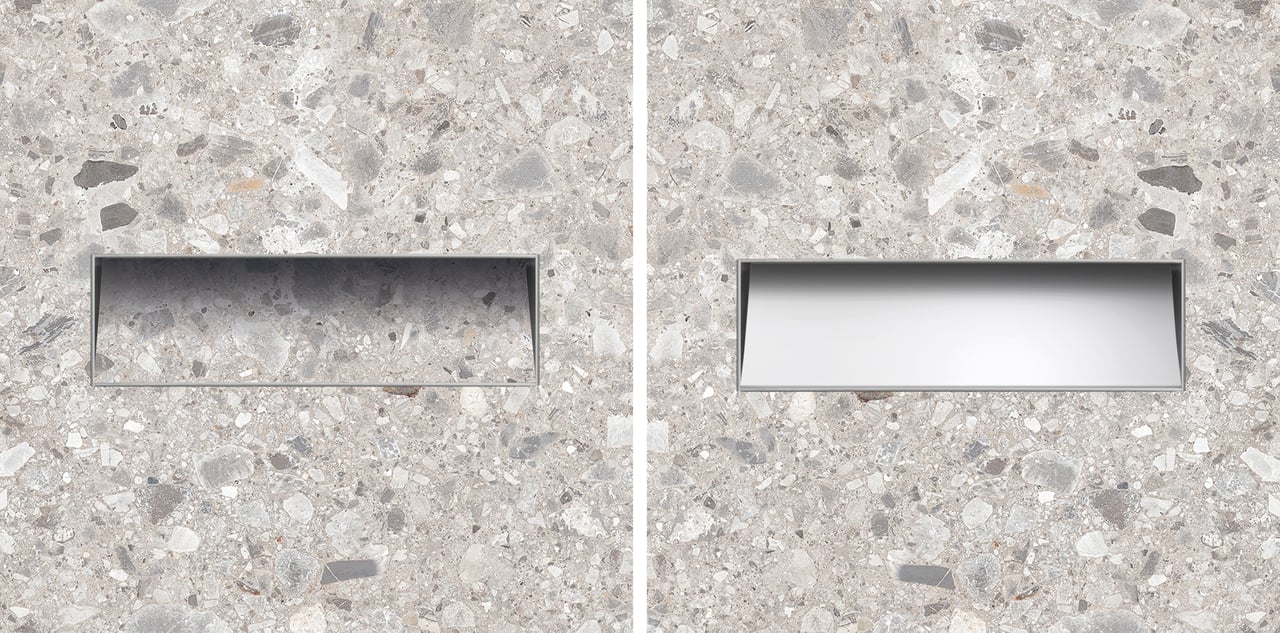
Ghost for cladding is available in 5 different lengths: square with a luminous cavity of 68x68 mm and with linear shape with a luminous cavity of 68 mm and 4 diverse lengths (240 mm, 430 mm, 810 mm, 1570 mm).
Ghost for cladding can be connected to obtain continuous linear cavities, only for surface finish with mosaics, ceramic tiles and stone and only when the front aperture is finished in the same material (care of the installer)
The customization with different materials leads to infinite project possibilities.

Ghost for cladding (breeze blocks or other construction materials) to be finished with mosaics, tiles or stone finish, the installation phases are the following:
1. Cut away and position the conduit for the electrical feed.;
2. Create a niche and recess the fixture housing;
3. Cement the fixture into the wall (the aperture border will be allign with the wall);
4. Cement the fixtue into the wall, cut the gripping mesh around the fixtures aperture and continue with the finish by applying the relative material to the slanted aperture (19mm recess depth has been provided for the final finish if the panel is not used);
5. The fixture is supplied with an anodized aluminium front panel. You can decide to use this panel so to have a complete aperture in anodized aluminium or without so to render the aperture in the same material finish as the rest of the surface.
6. Once the cladding is dry you can fit the LED profile into the void.
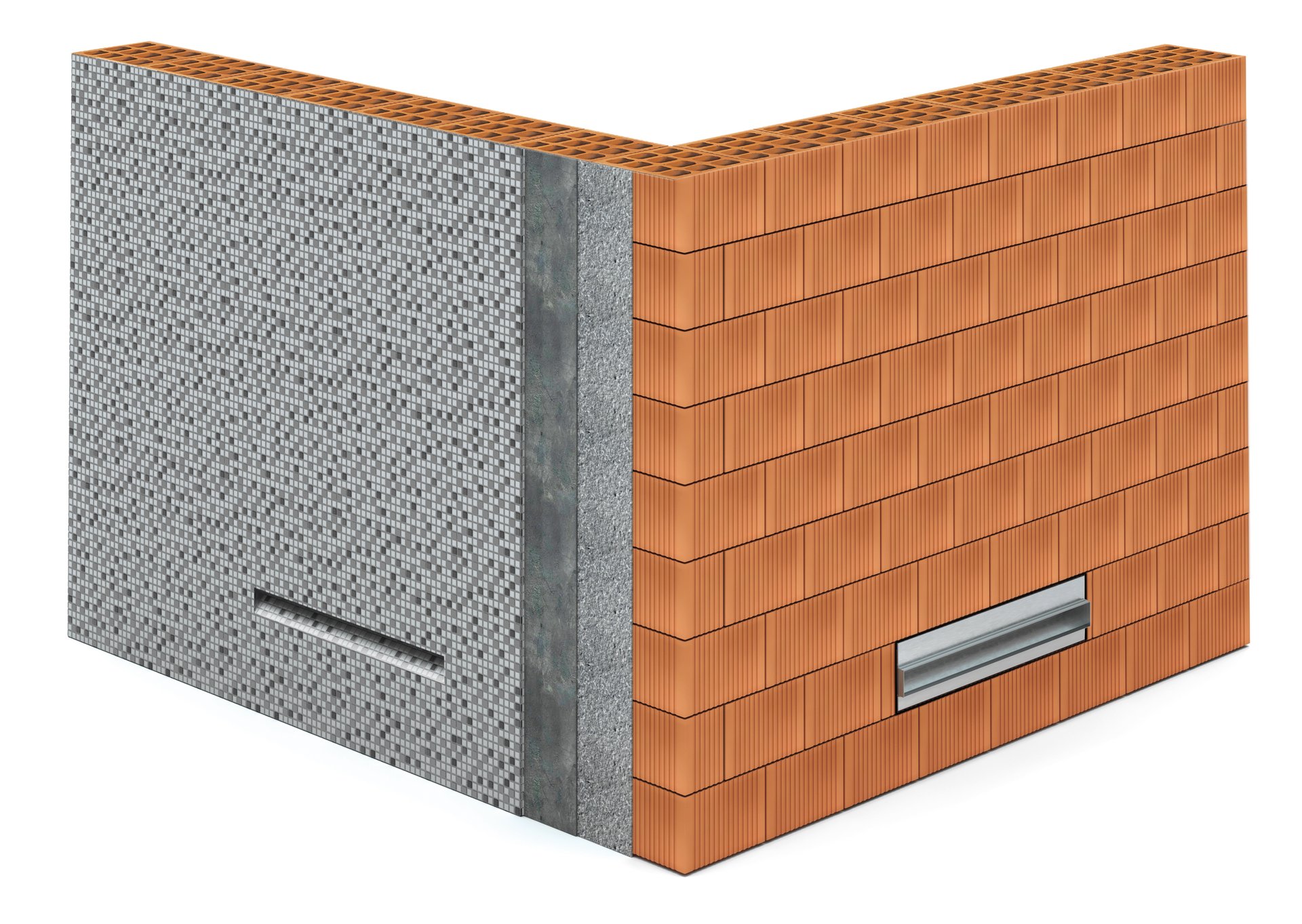

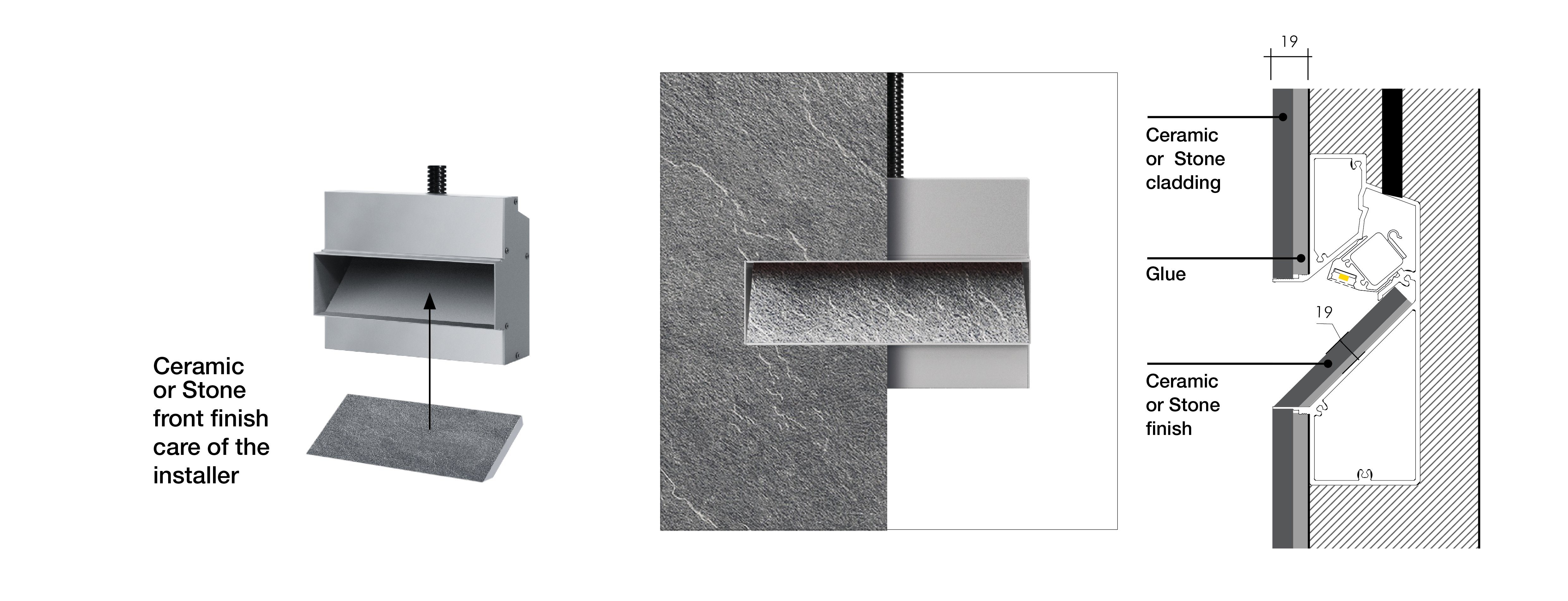
Ghost for cladding can be connected to obtain continuous linear cavities, only for surface finish with mosaics, ceramic tiles and stone and only when the front aperture is finished in the same material (care of the installer). We do not suggest the use of anodized aluminum panel as the gap between each panel in the front aperture will be visible.
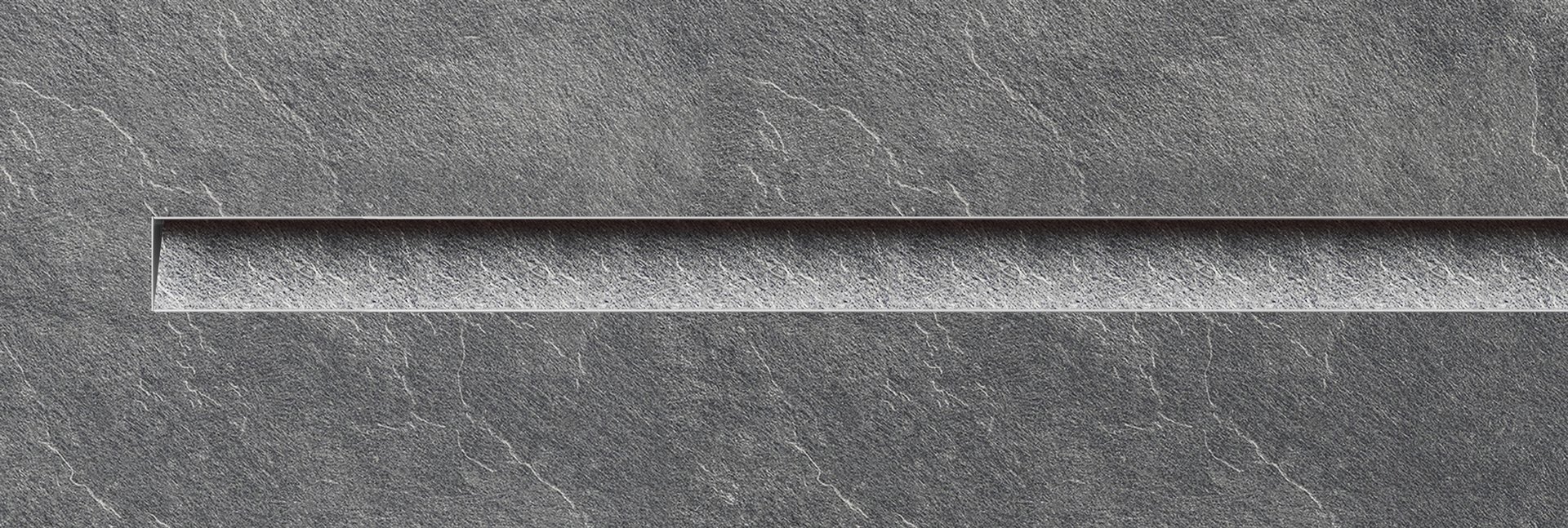
Ghost for cladding can create lighting voids also when installed in exterior fiber cement siding panels. The installation phases will be the following:
1. Position the conduit for the electrical feed.
2. Fix the product to the plasterboard panel.
3. Cover the gaps between the panels with a mesh and plaster over.
4. Complete the surface finish
5. The fixture is supplied with a slanted front panel accessory in anodized aluminium. For indoor applications this panel can be removed and then finished in plasterboard; for outdoor applications we suggest to use this panel (a 19mm recess depth has been provided for the final finish if the panel is not used).
6. Once the plaster is dry you can fit the LED profile into the void.
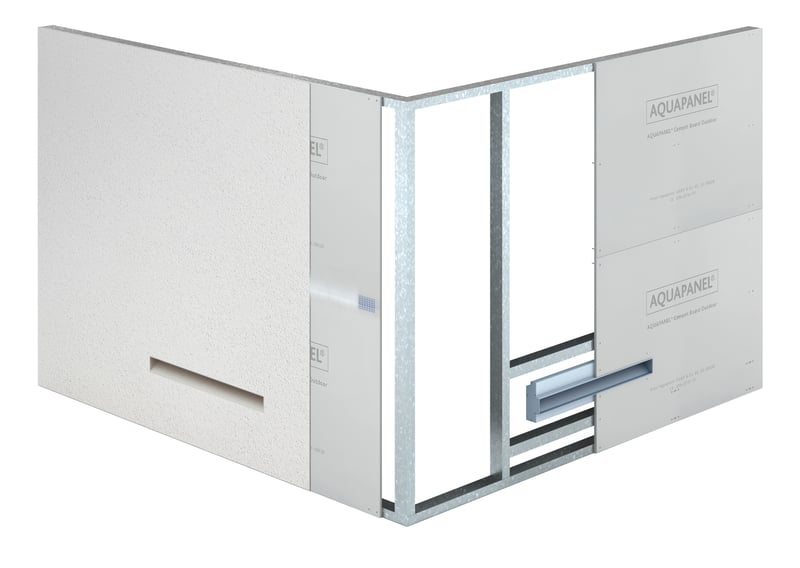
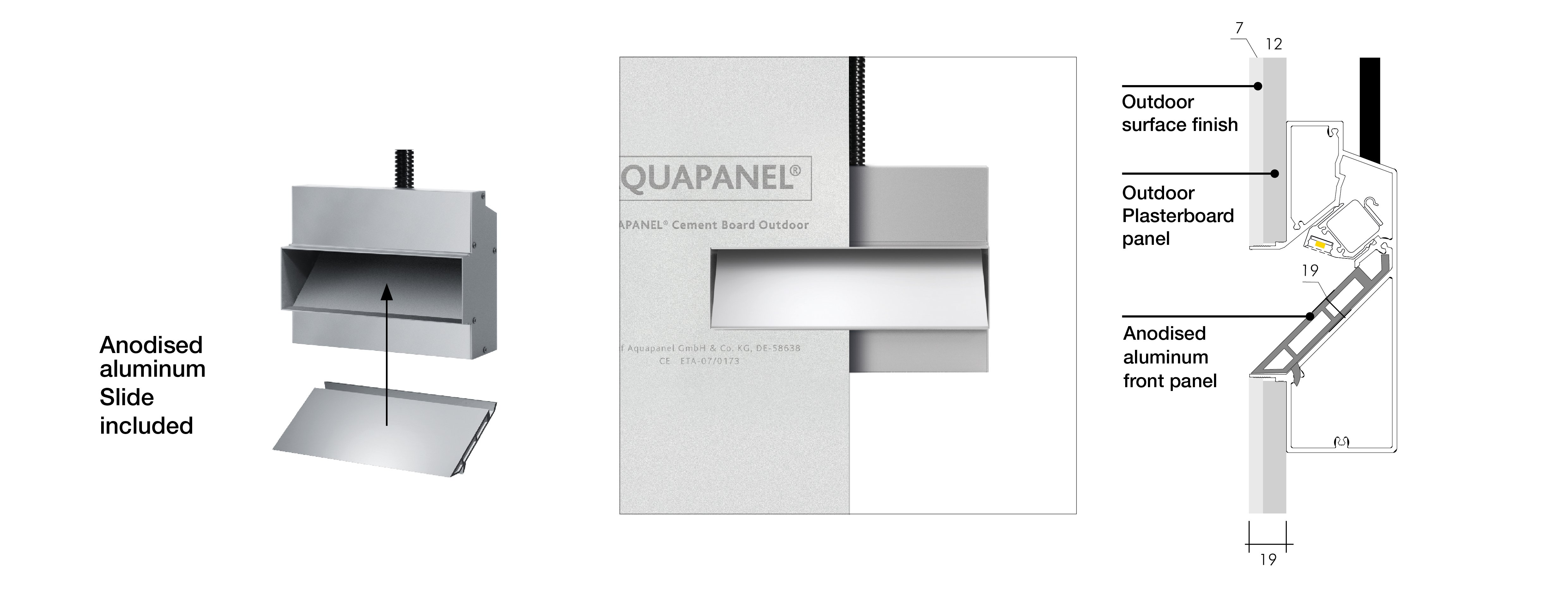
Ghost for cladding can be installed in plasterboard panels for indoors and the installation phases are the same explained for the exterior fiber cement . You can choose to keep it to finish the entire luminous void in aluminum, or take it off the inclined surface with the cladding material used for the wall (19 mm of recessing depth has been provided for the final finish). The front lip of the recessed housing and the aluminium sides of the front aperture will remain visible.
